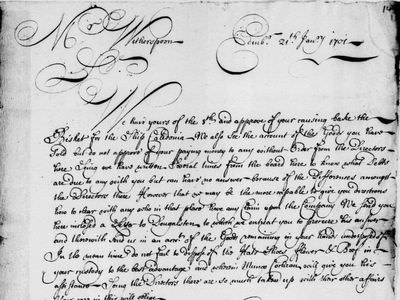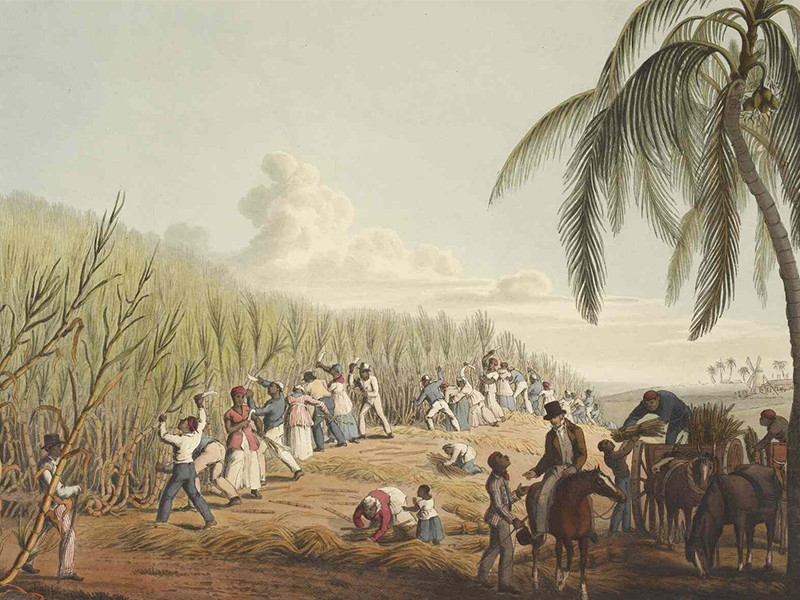Slave Trading Records from William Davenport & Co., 1745–1797
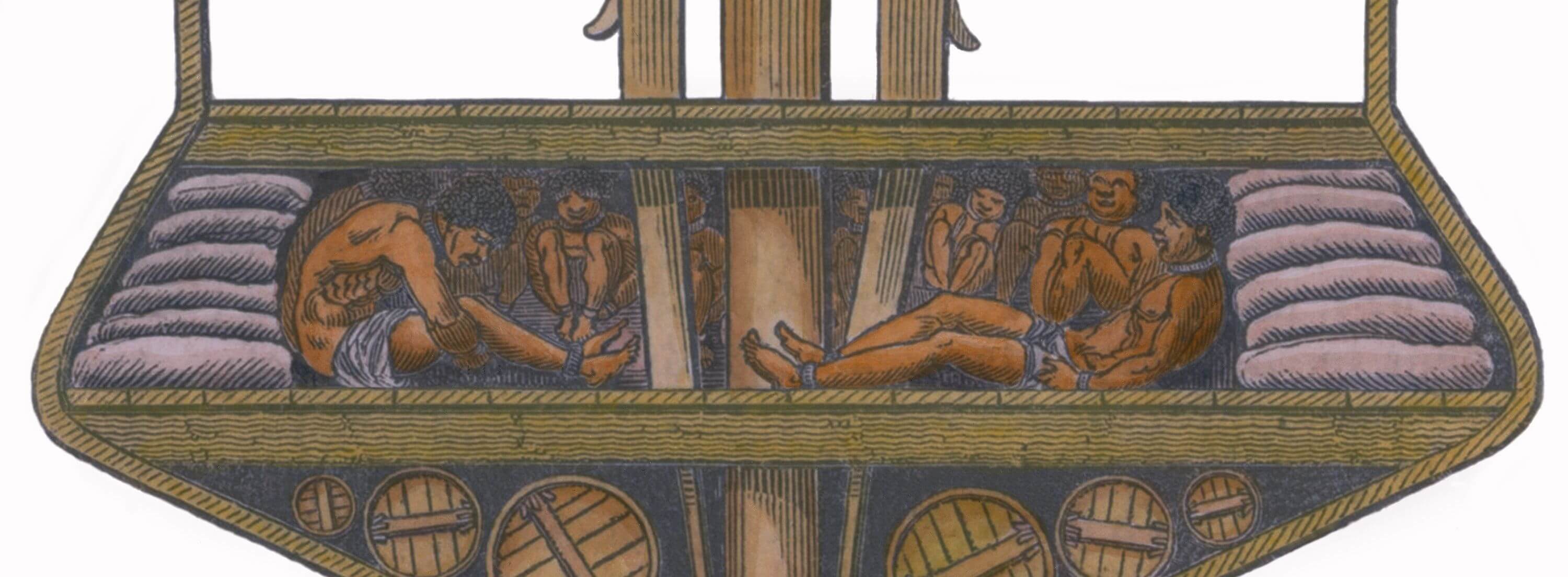
The papers of William Davenport & Co., 1745–1797
Within a few years of this first known venture to Africa, Davenport had clearly become a regular shareholder in slaving voyages and a recipient of profits from them. Davenport was one of the principal investors at Liverpool in such voyagesUniversity of Hull
Access the full collection
Access the full archive of Slave Trading Records from William Davenport & Co., 1745–1797.
Institutional Free Trial
Start your free trialRegister for a free 30-day trial of Slave Trading Records from William Davenport & Co., 1745–1797, for your institution.
Institutional Sales
Visit Sales PagesellFor more information on institutional access, visit our sales page.
Single User License
Purchase a license below to view the full collection.
Already have a license? Sign in.
See this Liverpool slave trading company's accounts from 1745 to 1797
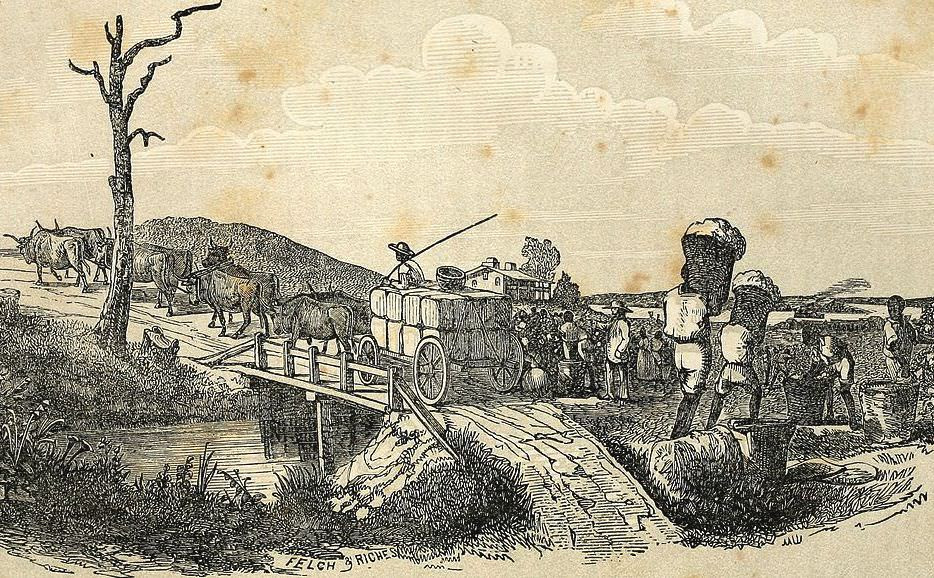
William Davenport was a Liverpool merchant and British slave trader. From the late 1740s till the early 1790s, he invested regularly in the African slave trade and was a partner in slaving ventures with other leading merchant Liverpool families.
Content Warning: This collection contains racist or offensive terms. Owing to their historical importance, the sources are in their original state. Please read our Sensitivity Statement for more information.
Contents
Slave Trading Records from William Davenport & Co., 1745–1797...
The papers of William Davenport & Co., 1745–1797
Discover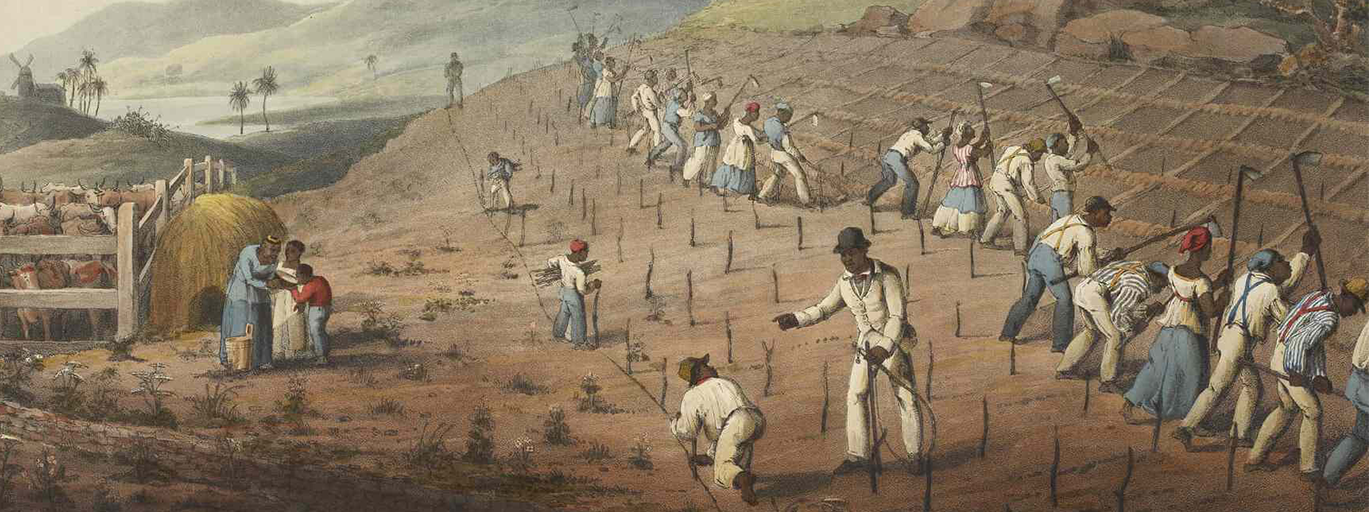
Volumes
Insights
- The majority of these records are the 'Trading invoices and accounts' for each of the company's ships between 1762 and 1783. These records list which cargoes each ship carried for a time between these years.
- Cargo lists enable the reader to see how trade with the colonies changed over the lifetime of each ship and which cargoes had the highest values placed upon them.
- The letterbook among the ledgers covers the years 1748 to 1761. This item covers instructions to the company's sailors about taking French and Spanish sailors with them.
lock_open
Unlock Historical Research for Your Institution
Provide your students and researchers with direct access to unique primary sources.

